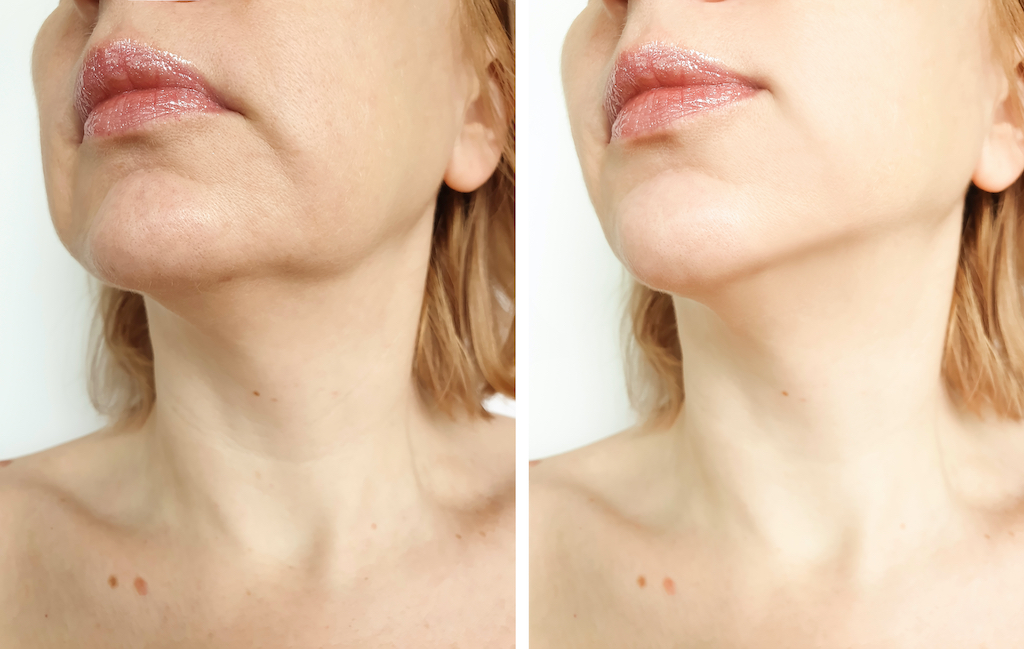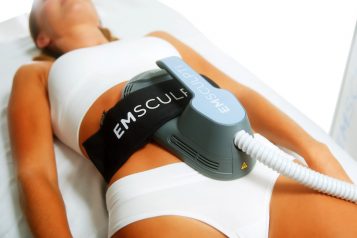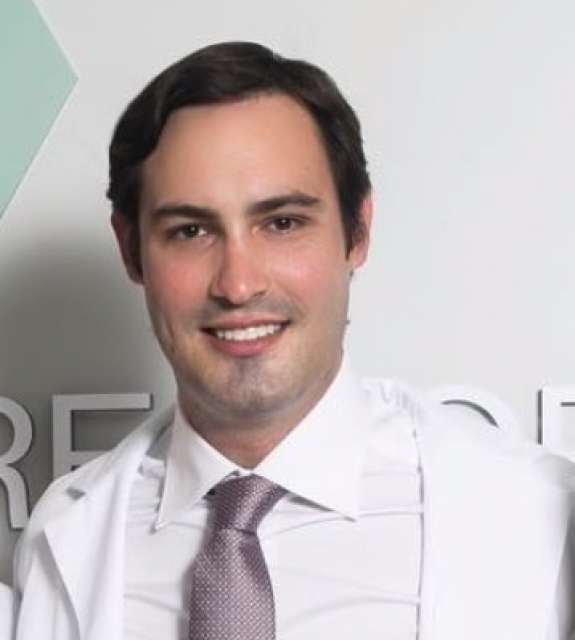Dr. Jeffrey Lee is a Harvard-trained plastic surgeon serving patients in the greater Boston area. He specializes in cosmetic procedures of the face, breast, body, as well as nonsurgical treatments such as Botox and Juvederm. After medical school, he completed his training in surgery at Massachusetts General Hospital, a Harvard Medical School hospital. During this time, he also completed a fellowship in the Plastic Surgery Research Lab where he published numerous book chapters and journal articles. He also traveled extensively giving presentations at the national and international level advancing the field of plastic surgery. Haute Beauty expert Dr. Jeffrey Lee explains how a Facetite procedure is used as a skin tightening treatment to achieve a youthful look.
 Photo Credit: ShutterstuckHB: What is Facetite?
Photo Credit: ShutterstuckHB: What is Facetite?
Facetite is a minimally invasive skin tightening treatment. It delivers radiofrequency energy to shrink the fibroseptal network that is responsible for skin becoming loose with age and gravity. Traditionally, the lower face and neck were only treated with face/neck lift surgery which involved long scars around both ears, downtime of several weeks, and usually an overnight stay. While many people were up for this kind of treatment, more and more people are unable to devote that much time and energy towards recovery from a procedure. On the other hand, non-surgical treatments like radiofrequency microneedling work well if you desire much more subtle results. Facetite sits between these two extremes and gives a significant result with much less downtime which people absolutely love.
HB: What is the procedure like?
The procedure starts with numbing of the area to be treated by injecting fluid through 1-3 access incisions either under the chin and many times, near the earlobes. Once you are numb, liposuction is performed to remove any excess fat from the face and neck area. The next step is to deliver the radiofrequency energy with a cannula through the same access incisions. The whole procedure takes about 60-90 minutes, typically done under local anesthesia, and patients are able to drive themselves home if they choose.
The recovery is much easier than with facelift surgery as there are minimal swelling and bruising. We ask that patients wear a chin compression strap as much as possible the first week and then at home or at night for a few more weeks after that.
 Photo Credit: ShutterstuckHB: Who is a good candidate for a Facetite procedure?
Photo Credit: ShutterstuckHB: Who is a good candidate for a Facetite procedure?
A good candidate for this procedure is someone who sees signs of facial aging in their jawline and neck area and desires a more significant result without the recovery of facelift surgery. While it is a great treatment that gives great results, it is not surgery so the expected results should not be that of surgery. I usually tell patients to expect about 50-60% of the results you can expect with facelift surgery. Since the results really depend on how your body reacts to the treatment, the results will vary but we have seen some fantastic results with this procedure.
HB: How long do the results last?
Results from face/neck lift surgery usually last about 10 years. The results from Facetite usually last about 5-6 years with some patients getting much more than that.
The best start to finding the right treatment starts with a consultation where your anatomy can be evaluated and Dr. Lee can recommend the treatment option that best fits your goals.
For more information, visit Dr. Jeffrey Lee's social media:





















